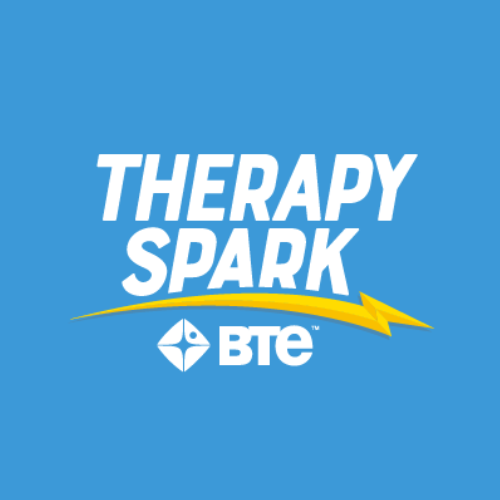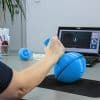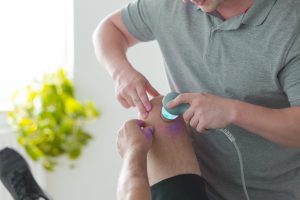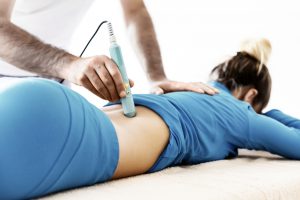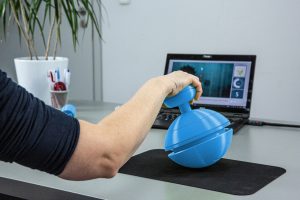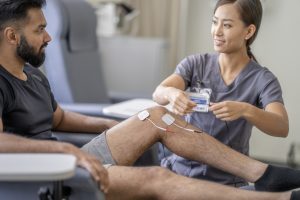
Electric Muscle Stimulator Guide for Physical Therapy
Treatment GuidelinesUnlock the power of electric muscle stimulators in physical therapy. Learn evidence-based strategies to optimize muscle re-education, accelerate recovery, and improve patient outcomes. Explore our solutions.
Electric muscle stimulator physical therapy (E-Stim) is a transformative tool in rehabilitation. From pain management to muscle re-education, E-Stim is gaining traction as a versatile, evidence-informed tool in physical therapy clinics, hospitals, and sports medicine settings.
Patients recovering from orthopedic injuries, neurological conditions, or surgery, and those managing chronic pain can all benefit. As clinical demands rise for objective outcomes and efficient care, E-Stim offers a compelling blend of science, flexibility, and patient engagement.
What Is Electric Muscle Stimulator Physical Therapy?
Defining E-Stim vs. TENS, NMES, FES, Russian Stimulation, IFC, High-Voltage Galvanic
E-Stim is an umbrella term for modalities delivering electrical current to nerves or muscles via surface electrodes.
- TENS (Transcutaneous Electrical Nerve Stimulation): Primarily for pain relief.
- NMES (Neuromuscular Electrical Stimulation): Targets muscle contraction and strengthening.
- FES (Functional Electrical Stimulation): Assists movement in neurologic rehab.
- Russian Stimulation: High-frequency NMES, often for post-op muscle strengthening.
- IFC (Interferential Current): Deep pain modulation using intersecting currents.
- High-Voltage Galvanic: Used for edema control and wound healing.
How Controlled Current Modulates Pain, Strength, and Healing
E-Stim works by delivering controlled electrical pulses to targeted tissues. This can block pain signals, trigger muscle contractions, and promote circulation—supporting healing and functional gains.
Surface Electrodes and Device Components
Most systems use adhesive surface electrodes placed on the skin. Devices range from simple, single-channel units to advanced multi-channel systems with programmable waveforms and data tracking.

Clinical Goals and Indications
Pain Relief and Nociceptive Modulation
E-Stim interrupts pain pathways at the spinal cord and brain level. TENS and IFC are commonly used for acute and chronic pain, reducing reliance on medications.
Muscle Activation, Strengthening, and Atrophy Prevention
NMES and Russian stimulation help activate weak or inhibited muscles, slow atrophy, and accelerate post-op or post-injury recovery—especially in the quadriceps, glutes, and shoulder girdle.
Edema Control and Wound Healing
High-voltage and pulsed current modalities can reduce swelling and promote tissue healing, especially after trauma or surgery.
Neuromotor Retraining and Post-ICU Recovery
FES supports functional movement in stroke, spinal cord injury, and post-ICU patients, retraining neuromuscular pathways and improving independence.
Common Orthopedic and Neurologic Applications
E-Stim is used for knee, shoulder, and ankle rehab, low back pain, post-ACL reconstruction, rotator cuff repair, and neurological conditions like stroke, MS, and peripheral nerve injuries.
Evidence and Outcomes
Condition-Dependent Effectiveness
Outcomes depend on diagnosis, timing, and protocol. For example, NMES is most effective early after surgery, while TENS may be more beneficial for chronic pain.
Research Gaps and Future Directions
More high-quality studies are needed for long-term outcomes, optimal dosing, and integration with other therapies. Device innovation and data analytics are advancing rapidly.
What to Expect in an E-Stim Session
Initial Assessment and Goal Setting
A trained clinician will assess the condition, set measurable goals, and determine if E-Stim is appropriate as part of the plan of care.
Electrode Placement, Waveform Selection, and Parameter Titration
Clinicians select electrode sites, stimulation type, and intensity based on your needs, adjusting parameters for comfort and effectiveness.
Typical Treatment Protocols and Progression
Sessions often last 15–30 minutes, 2–5 times per week. Protocols are progressed as strength, pain, or function improves.
Patient Comfort, Monitoring, and Feedback
Patient may feel tingling or muscle contraction, but not pain. Therapists monitors the response and adjust settings as needed.
Safety, Risks, and Contraindications
Common Side Effects: Skin Irritation, Rare Burns
Mild redness or irritation can occur under electrodes. Burns are rare with proper technique.
Absolute Contraindications: Implanted Devices, Malignancy in Field, Altered Sensation
E-Stim should not be used over pacemakers, implanted defibrillators, active cancer, or areas with impaired sensation.
Relative Precautions: Pregnancy, Epilepsy, Cardiac Disease
Use caution in pregnancy (especially abdominal/lumbar), epilepsy, or cardiac conditions—always consult a physician.
Best Practices for Safe Home Use vs. Clinician-Guided Application
Home units should only be used with clear instructions and follow-up. Clinic-based E-Stim offers greater safety, customization, and monitoring.
Insurance Coverage, Reimbursement, and Documentation
Medicare and Commercial Payer Policies
Coverage varies by diagnosis and medical necessity. Most payers cover E-Stim for muscle atrophy, pain, and neuromuscular re-education when well documented.
CPT Codes and Medical Necessity Criteria
Common codes include 97014 (unattended E-Stim), G0283 (Medicare), and 97032 (attended E-Stim). Documentation must link E-Stim to functional goals and progress.
Insurer-Ready Documentation Tips for Therapists
- Clearly state indication and medical necessity
- Document electrode placement, parameters, and patient response
- Link E-Stim to objective functional outcomes
- Use EMR-friendly templates and exportable reports for compliance
Choosing the Right Electric Muscle Stimulator Device
Clinical-Grade vs. OTC Units: Performance and Compliance
Clinical systems offer higher output, advanced safety features, and programmable protocols—essential for complex cases and payer compliance.
Key Features for PT Clinics:
- Multi-Channel Control
- Custom Protocols
- Data Export (HL7/FHIR/CSV)
Look for devices with multi-channel output, customizable waveforms, and seamless data export for EMR integration and outcomes tracking.
Integrating E-Stim into a Comprehensive Rehab Plan
Combining with Therapeutic Exercise and Functional Tasks
E-Stim is most effective when paired with active exercise, functional task simulation, and progressive loading.
Manual Therapy, Ultrasound, Heat/Ice, and Other Modalities
E-Stim complements manual therapy, ultrasound, and thermal modalities, offering a multimodal approach to pain and function.
Home Exercise Programs and Patient Adherence Strategies
Educate patients on home use (when appropriate), reinforce adherence, and monitor progress with objective measures and patient feedback.
E-Stim Machine Frequently Asked Questions
Is E-Stim safe for patients with pacemakers or metal implants?
Surface E-Stim is contraindicated over or near pacemakers or implanted defibrillators. Metal orthopedic implants (e.g., screws, plates, joint replacements) are generally safe, provided normal sensation is intact and skin is healthy. Always screen for cardiac devices and consult the referring physician when in doubt.
What’s the difference between NMES and TENS?
NMES (Neuromuscular Electrical Stimulation) elicits a strong, tetanic muscle contraction to improve strength, activation, and prevent atrophy. TENS (Transcutaneous Electrical Nerve Stimulation) uses sensory-level current to modulate pain without visible contraction. Protocols, waveform, and treatment goals differ, so your therapist selects the appropriate mode.
Can E-Stim be billed on the same day as therapeutic exercise?
Yes. CPT 97014/G0283 (unattended) or 97032 (manual) can be reported alongside therapeutic exercise (97110) when each is medically necessary, separately documented, and not performed simultaneously. Use distinct treatment time entries and link each service to functional goals to satisfy payer audit criteria.
How long does staff training and onboarding take?
Most clinics complete onboarding in one business day, including device setup, protocol walkthroughs, and documentation templates.
